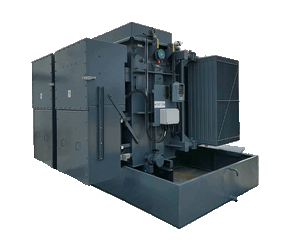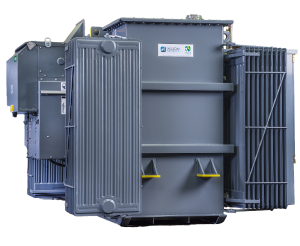9 GW
total BESS
capacity supported

9 GW
total BESS
capacity supported
750 +
MV transformers
delivered
2390 MVA+
power transformers
capacity supplied
Transformers for BESS projects with these battery solutions
Our Clients
Projects
Related Products

Power Transformers
5MVA to 300MVA with voltages from 33kV up to 400kV
Project managers and site engineers for turnkey solutions

Bespoke Transformers
Fully customisable transformer design, manufactured to order
Special voltages, core materials, windings and others

Wilson T2 Ecotrans®
Up to 5MVA with up to 11kV to 433V
Ideal for budget-sensitive projects (Tier 2 compliant)

We're here to help
If you need further information or additional product details, talk to one of our regional sales managers today.
